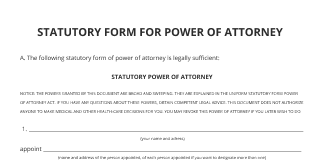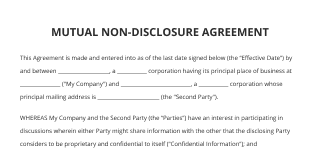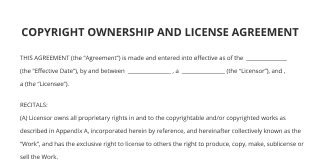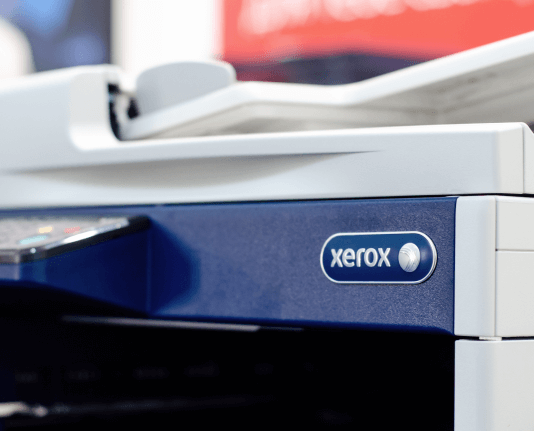Understanding Estimate Vs Invoice for Your Business Needs
Move your business forward with the airSlate SignNow eSignature solution
Add your legally binding signature
Integrate via API
Send conditional documents
Share documents via an invite link
Save time with reusable templates
Improve team collaboration
See airSlate SignNow eSignatures in action
Understanding Estimates and Invoices
Estimates and invoices are essential documents in business transactions, serving different purposes. An estimate provides a preliminary cost assessment for services or products, allowing clients to understand potential expenses before committing. It typically includes details such as item descriptions, quantities, and pricing. In contrast, an invoice is a formal request for payment after services have been rendered or products delivered. It serves as a record of the transaction and includes payment terms, due dates, and total amounts owed.
Key Differences Between Estimates and Invoices
While both documents are crucial for financial management, they differ significantly in their function:
- Purpose: Estimates are used to give a projected cost before work begins, while invoices request payment after the work is completed.
- Legal Standing: An invoice is a legally binding document, whereas an estimate is not, unless agreed upon by both parties.
- Content: Estimates often include potential costs and conditions, while invoices detail the final amount due for services rendered.
When to Use an Estimate
Using an estimate is beneficial when a business needs to provide clients with a cost projection before starting a project. This document helps set expectations and allows clients to make informed decisions. For example, a contractor might issue an estimate for a home renovation, detailing the anticipated costs for materials and labor. This transparency can foster trust and facilitate smoother negotiations.
When to Issue an Invoice
An invoice should be issued once a service is completed or a product is delivered. It serves as a formal request for payment and includes necessary details such as the total amount due, payment methods, and due dates. For instance, a freelance graphic designer would send an invoice after delivering the final design, ensuring the client has all the information needed to process the payment efficiently.
Creating Estimates and Invoices with airSlate SignNow
airSlate SignNow offers a streamlined process for creating both estimates and invoices. Users can easily prepare and send documents for eSigning, ensuring that all parties have a clear understanding of the terms. The platform allows for customization, enabling businesses to include their branding and specific terms. This functionality not only saves time but also enhances professionalism in client interactions.
Best Practices for Managing Estimates and Invoices
To effectively manage estimates and invoices, consider the following best practices:
- Be Clear and Detailed: Ensure all information is accurate and comprehensive to avoid misunderstandings.
- Follow Up: After sending an invoice, follow up to confirm receipt and address any questions.
- Keep Records: Maintain organized records of all estimates and invoices for future reference and financial tracking.
Conclusion: The Importance of Estimates and Invoices
Understanding the distinction between estimates and invoices is crucial for effective financial management in business. Both documents play vital roles in ensuring clear communication and smooth transactions with clients. By utilizing tools like airSlate SignNow, businesses can enhance their workflow, ensuring that both estimates and invoices are handled efficiently and professionally.
airSlate SignNow solutions for better efficiency
Our user reviews speak for themselves






Why choose airSlate SignNow
-
Free 7-day trial. Choose the plan you need and try it risk-free.
-
Honest pricing for full-featured plans. airSlate SignNow offers subscription plans with no overages or hidden fees at renewal.
-
Enterprise-grade security. airSlate SignNow helps you comply with global security standards.

Quotation vs bill: Grasping the distinction
When handling company finances, comprehending the disparity between a quotation and a bill is essential. Quotations offer an estimated cost for services or products, whereas bills are official requests for payment after the service has been rendered. Leveraging tools like airSlate SignNow can enhance this procedure, facilitating efficient document management.
Quotation vs bill: Steps to utilize airSlate SignNow
- Launch your web browser and go to the airSlate SignNow webpage.
- Set up a free trial account or log into your current account.
- Select the document you want to sign or send for signatures and upload it.
- If you intend to use this document again, transform it into a reusable template.
- Access your uploaded file and make necessary adjustments, such as adding fillable fields or inserting specific details.
- Sign the document and allocate signature fields for the recipients.
- Click 'Continue' to set up and send an eSignature invitation.
airSlate SignNow provides businesses a robust solution for sending and signing documents seamlessly. Its comprehensive feature set guarantees an excellent return on investment, making it a suitable option for small to mid-sized enterprises. With transparent pricing and no concealed charges, you can benefit from outstanding support available around the clock for all paid plans.
Begin optimizing your document management now with airSlate SignNow and witness the advantages firsthand!
How it works
airSlate SignNow features that users love
Get legally-binding signatures now!
FAQs
-
How do you convert an estimate to an invoice?
Find the estimate you want to convert. In the Action column, select Convert to invoice. Make any updates to the invoice, if needed. Select Save. -
What is the meaning of estimate invoice?
Meaning of an estimate for invoicing purposes It is an informal document usually used during the initial stages of sales. It is also a way to agree or negotiate on the price and scope of work before it commences. It is also known by the names such as cost estimates or proforma invoices or bids. -
Should you pay on a quote or invoice?
A quote is provided before work begins and details the estimated cost of goods or services. An invoice is issued after the work is completed, requesting payment for those goods or services. Quotes help in understanding the potential cost, while invoices serve as a formal bill for the completed transaction. -
What is a repair invoice?
Repairs Invoice means any invoices, bills, or other documents relating to labour and material expenses incurred by a Claimant in the completion of Approved Repairs. Repairs Invoice shall not include any quotes or bids. -
What's the difference between an estimate and a repair invoice?
Before engaging in contract documents, a business will offer a customer an estimate so that they may have a feel of what they could anticipate owing. A business issues an invoice following the completion of a project, whether it is for the sale of goods or the supply of services. -
Can I use an estimate as an invoice?
An accepted estimate can be used to copy over information to an invoice manually or with the use of accounting software. If any changes have occurred between the time a customer accepts an estimate and an invoice is ready to be issued, highlight those changes and provide detailed reasoning. -
What is the difference between an invoice and an estimate?
The main difference is that an estimate (also sometimes called a bid or a quote) is a proposal of services or sales, and what they will cost if a customer hires you. An invoice is a bill for those products or services once a customer does, in fact, hire you or purchase something from you.
What active users are saying — estimate vs invoice
Related searches to Understanding estimate vs invoice for your business needs
Get more for estimate vs invoice
- Catering Bill Format in Word for Engineering
- Catering bill format in word for Export
- Catering Bill Format in Word for Shipping
- Catering bill format in word for Public Relations
- Catering Bill Format in Word for Production
- Catering bill format in word for Supervision
- Catering Bill Format in Word for Product Quality
- Catering bill format in word for Inventory
Find out other estimate vs invoice
- How can I sign in to my Gmail account with airSlate ...
- Experience digital signing protection with airSlate ...
- Enhance your workflow with OneSpan e-signature
- Secure your software with a VeriSign code signing ...
- Secure your documents with signature encryption using ...
- Experience the power of HSM-secured signature for your ...
- Experience the ease of VeriSign electronic sign for ...
- Experience the power of PKI-secured signatures for ...
- Achieve peace of mind with S/MIME secure signature ...
- Enhance your security with PKI digital signatures for ...
- Simplify your signing process with crypto signature
- Secure your documents with a protected PDF signature
- Experience digital signature assurance with airSlate ...
- Experience the power of OneSpan electronic signature ...
- Enhance your documents with a blockchain signature for ...
- Unlock secure transactions with asymmetric encryption ...
- Get your certified PDF sign with ease and confidence
- Unlock the power of signature cryptography for secure ...
- Unlock the power of secure signing technique to ...
- Achieve non-repudiation signature with airSlate SignNow ...






























